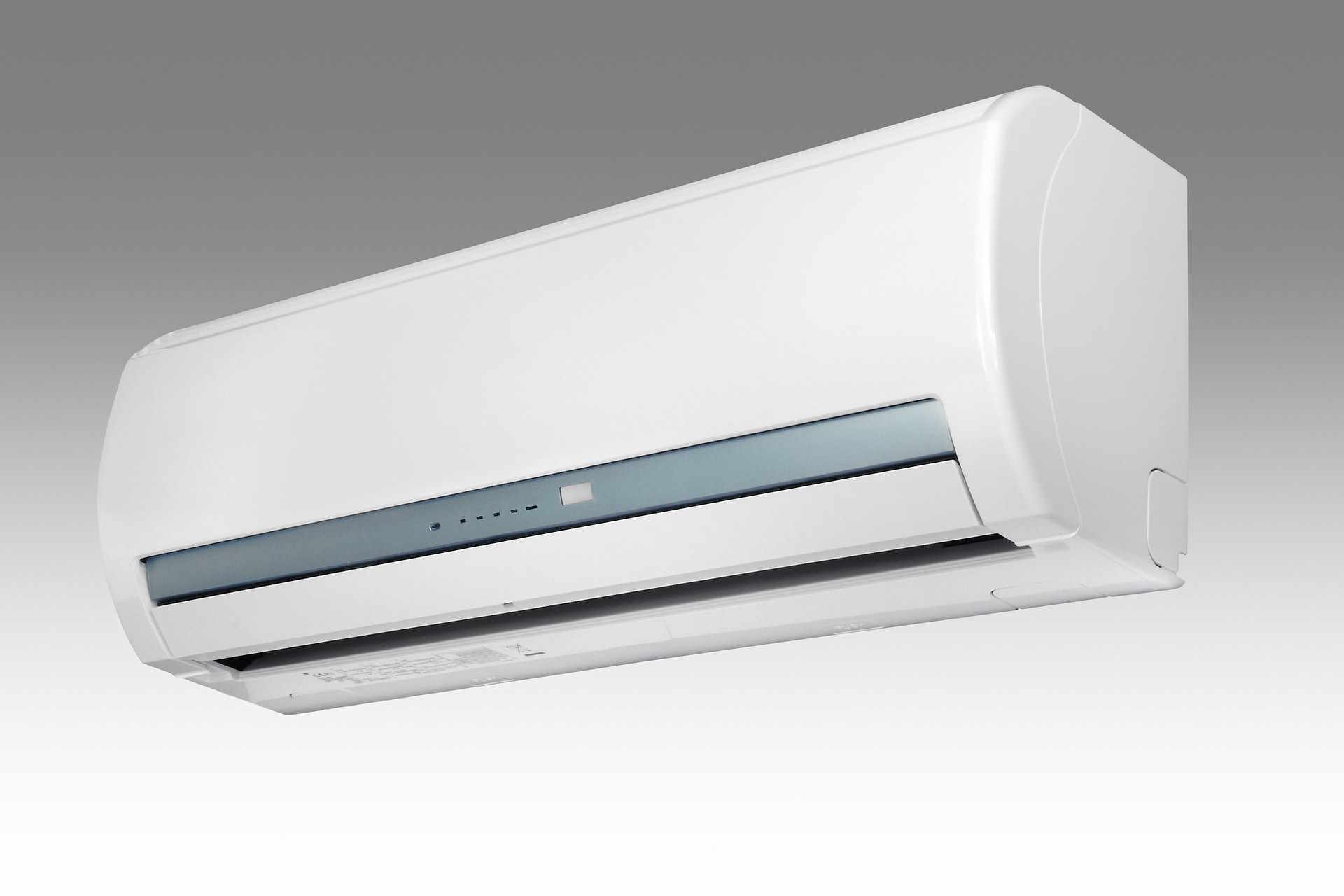Air Conditioning Systems for Modern Homes and Apartments
Air conditioning has become an essential component of comfortable living in today's homes and apartments. With rising temperatures and evolving technology, understanding the various cooling options available can help homeowners and renters make informed decisions about their indoor climate control needs.

Modern air conditioning systems have evolved significantly from their early predecessors, offering improved efficiency, smart controls, and better environmental performance. Today’s homeowners and apartment dwellers have access to a wide range of cooling solutions designed to meet different space requirements, budgets, and energy efficiency goals.
Home Air Conditioning Systems Overview
Home air conditioning systems come in several configurations, each suited to different housing types and cooling needs. Central air conditioning remains the most popular choice for larger homes, utilizing a network of ducts to distribute cooled air throughout the entire structure. These systems typically consist of an outdoor condenser unit and an indoor air handler, working together to maintain consistent temperatures across multiple rooms.
Ductless mini-split systems have gained popularity as an alternative to traditional central air, particularly in homes without existing ductwork. These systems offer zone-based cooling, allowing different areas of the home to be controlled independently. Window units and portable air conditioners serve as cost-effective solutions for smaller spaces or temporary cooling needs.
Air Cooling System for Home Selection Factors
Choosing the right air cooling system for home use involves several important considerations. The size of the space being cooled directly impacts the required cooling capacity, measured in British Thermal Units (BTUs). Proper sizing ensures efficient operation and prevents unnecessary energy consumption.
Energy efficiency ratings, indicated by the Seasonal Energy Efficiency Ratio (SEER), help homeowners understand long-term operating costs. Higher SEER ratings typically indicate more efficient systems, though they often come with higher upfront costs. Installation requirements, including electrical capacity and structural modifications, also influence system selection.
New Air Conditioning Technology Innovations
New air conditioning technology continues to advance, incorporating smart features and improved efficiency standards. Variable-speed compressors adjust cooling output based on actual demand, reducing energy consumption during periods of lower cooling needs. Smart thermostats enable remote control and programming, allowing users to optimize comfort and energy usage patterns.
Inverter technology, common in newer systems, provides more precise temperature control while reducing energy consumption compared to traditional on-off cycling systems. Some newer units also incorporate air purification features, combining cooling with improved indoor air quality through advanced filtration systems.
Apartment Air Conditioning Systems Considerations
Apartment air conditioning systems face unique challenges related to space constraints, installation limitations, and rental agreements. Many apartment buildings restrict the types of cooling systems tenants can install, often limiting options to window units or portable air conditioners.
Window air conditioners remain popular in apartments due to their relatively simple installation and lower cost. However, they may not provide adequate cooling for larger apartment layouts. Portable units offer flexibility but typically consume more energy and may not cool as effectively as permanently installed systems.
Some modern apartment complexes include central air conditioning or provide pre-installed mini-split systems, offering tenants more comfortable and efficient cooling options without installation concerns.
| System Type | Provider Examples | Cost Estimation |
|---|---|---|
| Central Air | Carrier, Trane, Lennox | $3,000 - $7,000 |
| Mini-Split | Mitsubishi, Daikin, LG | $1,500 - $4,000 |
| Window Unit | GE, Frigidaire, LG | $150 - $800 |
| Portable | Honeywell, Black+Decker | $200 - $600 |
Prices, rates, or cost estimates mentioned in this article are based on the latest available information but may change over time. Independent research is advised before making financial decisions.
Maintenance requirements vary significantly among different air conditioning system types. Central air systems typically require professional maintenance twice yearly, including filter changes, coil cleaning, and refrigerant level checks. Mini-split systems need regular filter cleaning but often require less frequent professional service.
Window and portable units generally require basic maintenance that homeowners can perform, such as filter cleaning and ensuring proper drainage. However, all air conditioning systems benefit from regular professional inspections to maintain efficiency and prevent costly repairs.
Understanding the various air conditioning options available helps homeowners and apartment dwellers make informed decisions about their cooling needs. Whether choosing a comprehensive central air system or a simple window unit, proper selection and maintenance ensure comfortable indoor temperatures while managing energy costs effectively. As technology continues to advance, newer systems offer improved efficiency and smart features that enhance both comfort and convenience.




